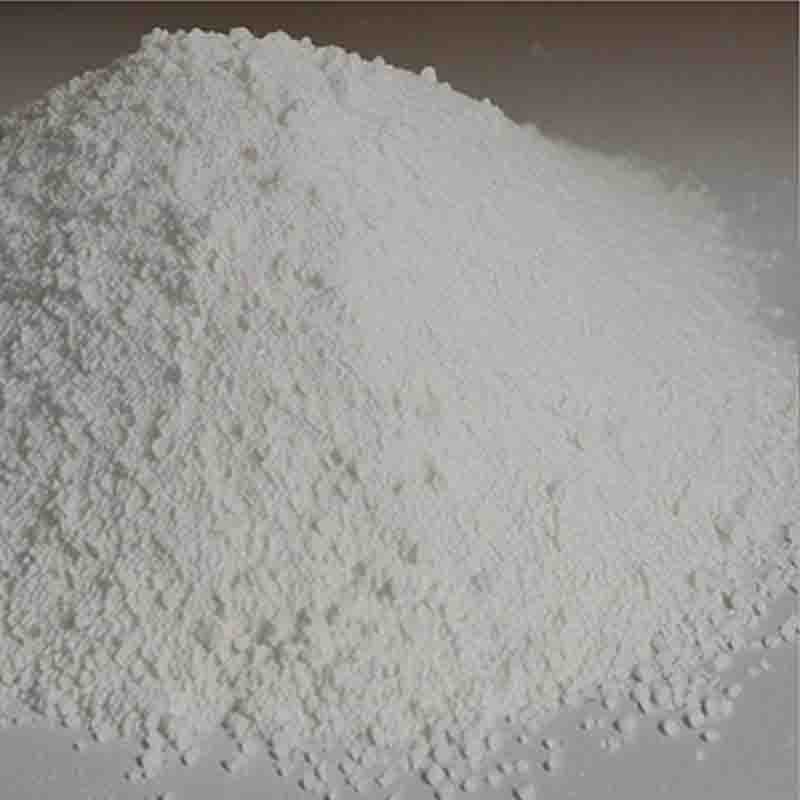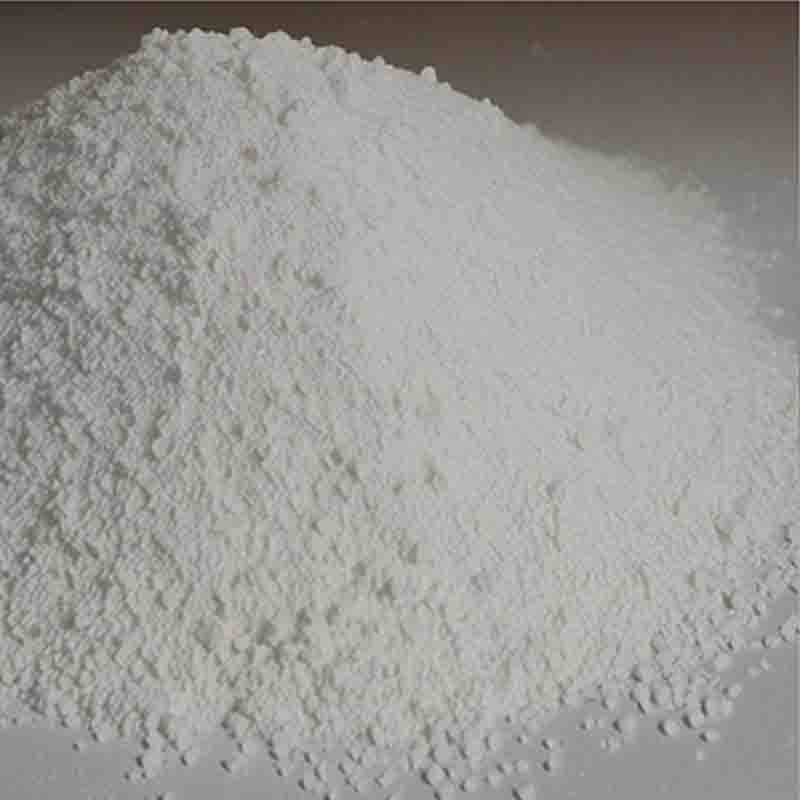Ammoniumhexachlororhodate(III) CAS:15336-18-2
| Catalog Number | XD95578 |
| Product Name | Ammoniumhexachlororhodate(III) |
| CAS | 15336-18-2 |
| Molecular Formula | Cl6H4NRh-2 |
| Molecular Weight | 333.65 |
| Storage Details | Ambient |
Product Specification
| Appearance | White powder |
| Assay | 99% min |
Ammoniumhexachlororhodate(III), also known as ammonium hexachlororhodate(III) or NH4[RhCl6], is a compound that contains the transition metal rhodium. This complex salt exhibits several effects and applications, which we will explore below.One significant effect of ammoniumhexachlororhodate(III) is its use as a starting material for the synthesis of various rhodium complexes. By reacting NH4[RhCl6] with other ligands or organic molecules, new coordination compounds can be formed. These complexes can have different geometries, electronic properties, and reactivities, which make them valuable in a wide range of applications, including catalysis, materials science, and pharmaceuticals.Ammoniumhexachlororhodate(III) also has applications as a catalyst in organic transformations. Rhodium-based catalysts are known for their ability to promote a variety of reactions, such as hydroformylation, hydrogenation, and oxidation. By using ammoniumhexachlororhodate(III) as a precursor, rhodium complexes can be synthesized and employed in these catalytic transformations. These processes find applications in the production of fine chemicals, pharmaceuticals, and agrochemicals.Another important effect of ammoniumhexachlororhodate(III) is its use in the preparation of rhodium nanoparticles. Nanoparticles with rhodium as the active metal can exhibit enhanced catalytic properties due to their high surface area and unique size-dependent properties. Ammoniumhexachlororhodate(III) can serve as a precursor in the synthesis of rhodium nanoparticles by various methods, including chemical reduction, thermal decomposition, or deposition techniques. These nanoparticles can then be used as catalysts in a wide range of reactions, such as hydrogenation, carbon dioxide reduction, and electrocatalysis.Additionally, ammoniumhexachlororhodate(III) has been studied for its potential in the field of medicine. Rhodium complexes have shown interesting biological activities, including anticancer and antimicrobial properties. By modifying the ligands around the rhodium center, it is possible to tune the reactivity and target specific biological processes. Therefore, ammoniumhexachlororhodate(III) can be used as a starting material to prepare rhodium complexes with tailored pharmacological properties and applications in medicinal chemistry.In conclusion, ammoniumhexachlororhodate(III) is a compound that exhibits various effects and applications. Its role as a starting material for the synthesis of different rhodium complexes, its use as a catalyst in organic transformations and nanoparticle synthesis, as well as its potential in medicinal chemistry, highlight its versatility and importance in multiple scientific fields. Further exploration and research in this area can lead to advancements in catalysis, materials science, medical treatments, and other areas of study.









